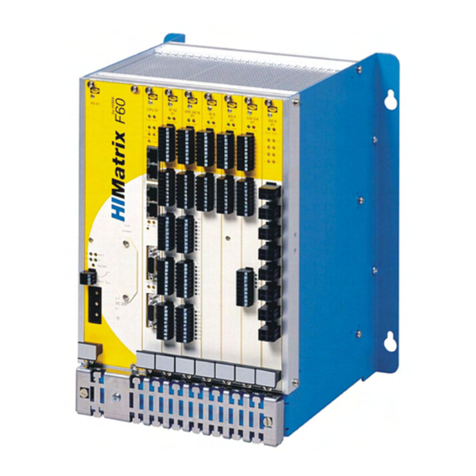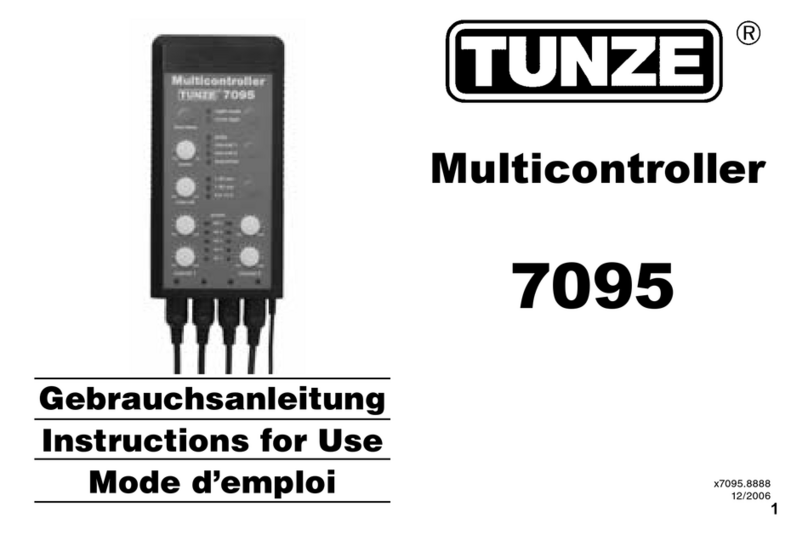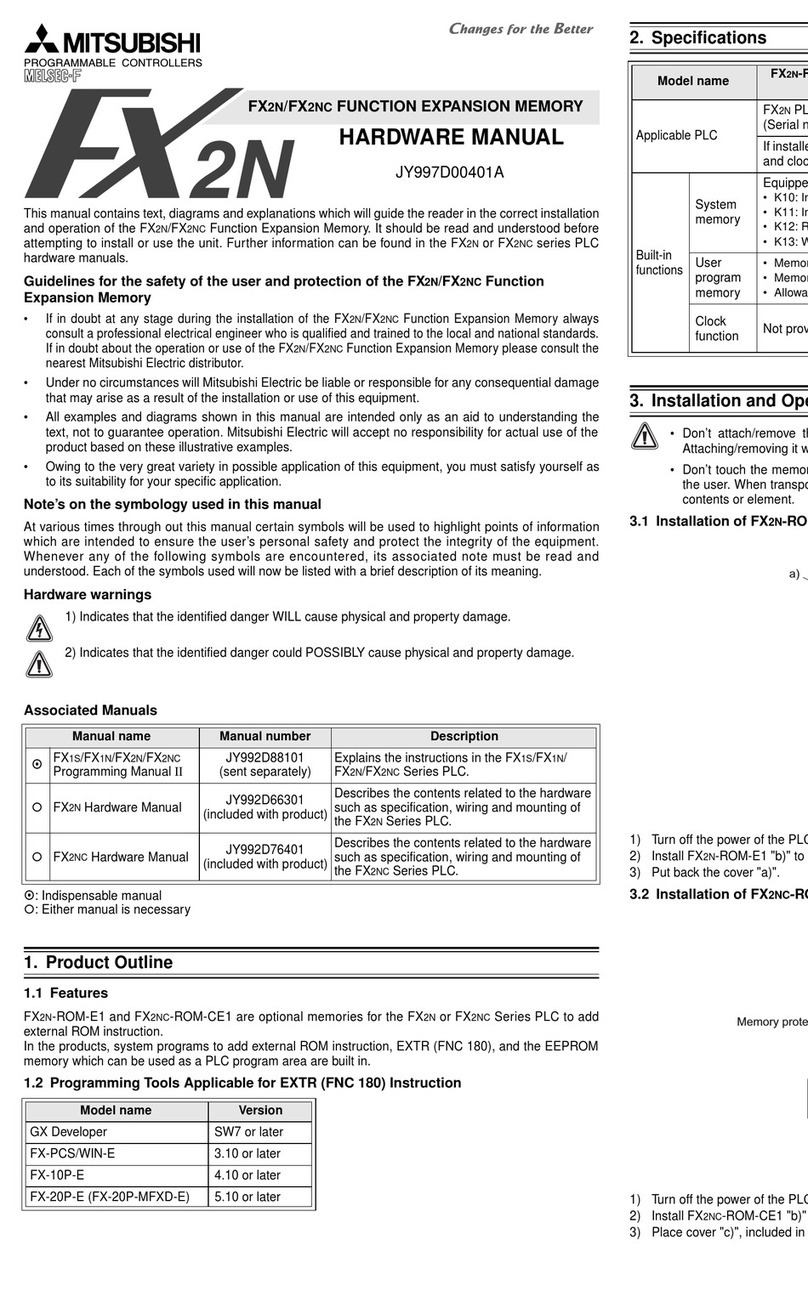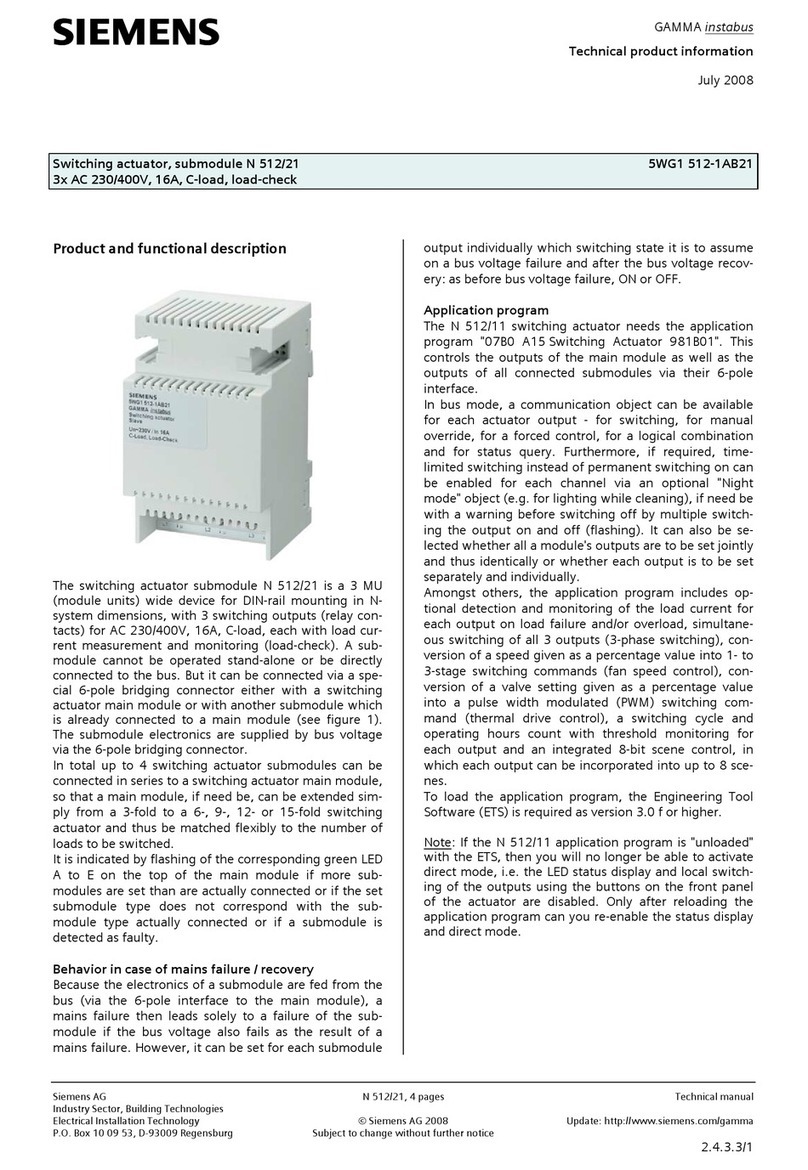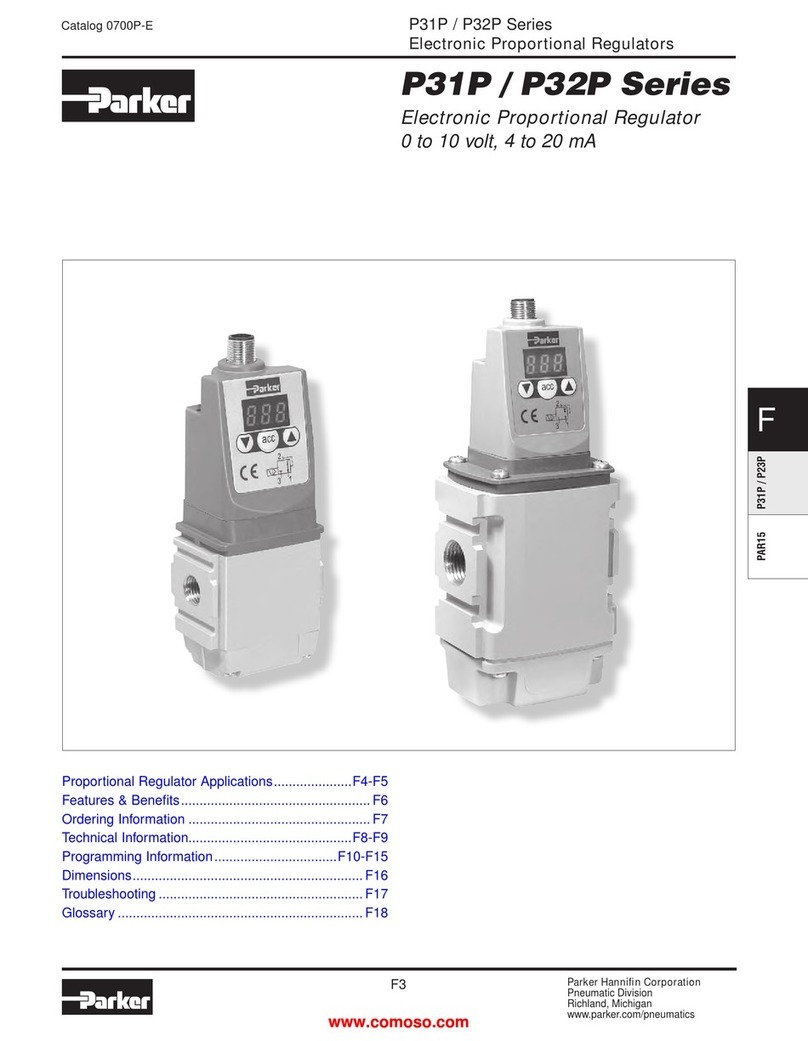Spartan Vortex VX1 User manual

1
VORTEX USER GUIDE
Doc. v1.00 ©2012
Spartan M
OVERVIEW
The Vortex flybarless system is based on a sophisticated hybrid rotor
control system that seamlessly combines a mathematically accurate
flybar emulation with modern digital control algorithms. Combined with
Spartan’s market leading tail gyro technology the holding ability of the
Vortex is excellent and precise giving a very solid and dependable feel on
any size helicopter from tiny electrics to nitro and gas. The built in
governor responds exceptionally fast using Spartan’s look-ahead
technology to provide power before the engine is bogged down. Finally,
the cutting-edge silicon ring MEMS (Micro Electrical Mechanical System)
sensors combined with adaptive digital filtering offer vibration immunity
tolerance not previously seen in RC helicopter controllers.
SPECIFICATION
Dimensions control unit: 34 x 23.8 x 11mm (1.34 x 0.94 x 0.43 inch)
Dimensions sensor: 20.6 x 20.6 x 9.6mm (0.81 x 0.81 x 0.36 inch)
Weight: 14 grams (combined control unit & sensor)
Sensor lead: 16cm long (6.3 inch)
Sensor Type: Balanced ring MEMS with digital interface
Governor: Selectable Nitro or Electric
Control system: Proprietary PID with adaptive tuning
Supported tail servos: Digital 760us, 960us and 1520us centre pulse
Supported swash servos: Digital or analog 1520us centre pulse
Supported receivers: Standard pulse, PPM, SBUS, 1/2 Satellites
Standard setup: DataPod
Computer connectivity: DataPod Bridge Mode
Operating voltage: 3.8V to 8.4V
Current draw: <100mA
TROUBLESHOOTING, WARRANTY & REPAIRS
Should you encounter any problems, please do not return this product to
the store until you have carefully read this user guide, consulted the
knowledge base on the Spartan website and sought advice from our
technical support staff.
For repairs, servicing, technical support or questions regarding the
distribution of this product visit the support page at the Spartan website:
http://www.spartan-rc.com/
WARNING!
Model helicopters are not toys and have the potential to be very
dangerous. Failure to follow the safety precautions and warnings in this
user guide may result in severe injury to yourself and others. Beginners
are advised to seek further advice from an experienced adult pilot.
Read through the entire manual before operating this product.
This product contains chemicals known to the State of California to cause
cancer and birth defects or other reproductive harm.
Safety Precautions
BEFORE EACH FLIGHT:
• Verify that the Vortex operates correctly.
• Verify that the Vortex compensates in the correct direction.
• Verify that the Vortex is operating in the desired mode.
• Verify that the sensor mounting pads are in good condition.
• Verify that interconnection wires are not in contact with the sharp edges
of the helicopter frames.
• Verify that all linkages, ball links and blade grip bearings can move
freely without excessive friction.
SPARE PARTS AND ACCESSORIES
Order Code Description
SRC-D
T
POD Spartan DataPod. Required for setup and fine tuning the
Vortex VX1.
SRC-VPADS Vortex Sensor Pads. (10x) 20x20x1mm adhesive pads
for
gyro sensor mounting.
SRC-QPADS Mini Gyro Pads. Mix of thin 1mm pads and thicker 3mm
pads for very high vibration environments. Total 15pcs.
SRC-RPM Governor RPM Senso
r
. Includes governor senso
r
, screws
and magnets.
SRC-RPMK Governor RPM Sensor Kit. Includes governor sensor,
screws, magnets and mounting brackets for 50 and 90
size nitro engines.
SRC-MAG Governor Sensor Magnets (2pcs). 4mm diameter x 2mm
thickness
SRC-VXW Vortex VX1 Receiver Wire Set
OPERATION
The Vortex is configured using a Spartan DataPod. The installation
process is detailed in the “Vortex Setup & First Flight” guide. After the
first successful flight you may wish to alter the Vortex’s flight
characteristics to your flying style through the numerous configuration
options provided via the DataPod. Their function is described in the
“Vortex Fine Tuning Guide”.
WARNING!
Immediately after powering on, the Vortex performs automatic calibration
of the transmitter sticks and gyro sensor resting positions. During this
time the helicopter must remain undisturbed and the cyclic and rudder
sticks must be left at the centre position. Calibration lasts approximately
4 seconds and upon completion the Vortex will enter flight mode and zip
the swashplate and tail rotor. During calibration the sensor’s Status light
alternates rapidly between red and blue.
The swashplate and tail will not zip if one of the following occurs:
• The RC receiver is not providing signal for all required channels.
• The battery alarm function detected low supply voltage.
• The Vortex flight computer is not receiving signal from the sensor.
• The sensor tests have not passed (sensor light will flash error pattern).
In a similar way to your RC radio system the Vortex offers four flight
modes (N, 1, 2 and H) so its behaviour can be altered for different flying
styles. We recommend that the flight modes of the Vortex are linked to
the same switches that control the flight modes of your radio, thus
allowing both sides to track each other. However, if necessary, the flight
modes of the Vortex can be control by different switches subject to the
functionality provided by your radio system.
Most modern radios allow setting a different gyro gain for each flight
mode and as such we recommend using the gyro menu as a means of
selecting the active flight mode of the Vortex. Here is how it works: The
radio’s flight mode switch is set to Idle1 The radio outputs the gain
value assigned to Idle1. The Vortex receives the gain channel and
interprets it as a command to which of its own flight modes it should
select. Note that the gain percentage set on the radio no longer controls
the tail gyro gain. Instead it is used as an index to the desired flight
modes.
Specific examples for popular radios and a video description of this
process are available in knowledge base topic 138 that can be found at
the Support section of the Spartan website.
STATUS LIGHT –FLIGHT COMPUTER
Status Light
Description
Normal Operation
Steady blue
Normal operation – Nothing to report.
Blue 1 flash
T
he aileron stick is not at neutral.
Blue 2 flashes
T
he elevator stick is not at neutral.
Blue 3 flashes
T
he rudder stick is not at neutral.
Blue
rapid
flashing
T
rim flight active.
Violet
T
he Vortex is saving data such as changes to
the configuration parameters to its internal
memory.
Error Codes
Red slow
flashing
T
he Vortex is waiting for signal from the
receiver. Usually seen before the receiver has
linked to the transmitter.
Red 1 flash
T
he Vortex changed over to the other satellite
receiver.
Red rapid
flashing
T
he Vortex is scanning both satellite receivers
but neither is receiving a transmission.
Fw
Ldr
Violet
rapid
flashing
Firmware update mode.
STATUS LIGHT –SENSOR
Status Light
Description
Normal
Operation
Alternating
Blue/Red
T
he sensor is calibrating. Do not move the heli.
Steady blue
Sensor calibration ok.
Steady red
T
he sensor was moved during calibration. The
calibration quality may be bad and drift may
occur in flight.
Error Codes
Blue 1, 2 or 3*
flashes
T
he sensor self-test failed. It may indicate a
fault but it can also be triggered if the sensor is
abruptly moved during calibration.
Red 1, 2 or 3*
flashes
T
he sensor is reporting that it is operating
outside its design specification. It may indicate
a sensor fault but can also be triggered by
extreme shock in case of a crash.
Fw
Ldr
Violet rapid
flashing
Firmware update mode.
* The number of flashes indicates the sensor that is reporting the error.

2
90°
Small Electric
Helicopters
(250, 450 and 500)
Ball link 7.5mm
from servo shaft
90°
Larger Electric and
All Nitro Helicopters
13.5 - 16.5mm
from servo shaft
MAIN ROTOR LINKAGE SETUP
Set the head driving linkages whilst any of the “Setup::Swash::Trim
Sv1/2/3/6” menus is active. In these menus the collective and cyclic
controls are overridden to zero thus providing the right conditions for
setting the correct swashplate and head geometry.
TAIL ROTOR LINKAGE SETUP
Set the tail rotor linkages whilst the “Setup::Tail::Servo Trim” menu is
active. This menu overrides the rudder control to zero thus providing the
right conditions for setting the correct tail geometry. The servo arm
should be at a 90° angle with the pushrod as illustrated. The linkage
length should be adjusted so the tail rotor pitch is set to 0°.
Follow the advice in the
helicopter’s assembly manual
regarding the placement of the
ball link onto the tail servo horn.
When such advice is not
provided or has resulted in poor
tail performance we recommend
placing the ball link at 7.5mm in
the case of small electric
helicopters and 13.5 - 16.5mm
for the larger electric
and all nitro helicopters.
Alternatively you may
choose to place the ball
link at a distance that
allows the servo to have
a combined travel of
around 80° from the low
endpoint to the high
endpoint.
To fly in Rate mode adjust “Tail::Collective to Tail” so that the tail rotor
pitch is approximately 8° when the collective stick is at hover point. Fine
tune as needed to eliminate tail drift in flight.
Ensure that any slop in the tail system is kept to a minimum and that the
tail pitch linkages can move freely without excessive friction through any
guides, ball links or other joints.
MOUNTING THE SENSOR
The correct operation, performance and stability of your Vortex can be
greatly affected by the way the sensor is mounted on the aircraft.
WARNING!
• The sensor can be mounted upright or inverted and the cable can exit
towards any direction (front, back, right or left). However, it is essential
that it remains accurately perpendicular to the main shaft and its vertical
walls align as accurately as possibly with the pitch and roll axis of the
aircraft. Always choose a rigid flat surface.
• Do not mount the sensor in locations where it may be subjected to high
levels of oily smoke, fuel, or other liquids.
• Do not allow the sensor case to touch other objects.
• Do not allow the sensor cable to touch any sharp edges of the helicopter
airframe.
• Avoid mounting the sensor in direct proximity to other electronic
equipment and particularly servos.
• Avoid fixing the cable to the helicopter for the first 5cm (2 inches) from
the sensor end to reduce transmission of vibrations through the cable.
• Do not fit cable braid over the sensor cable.
• Do not put any tension on the sensor cable. It can damage the wires
and result to an in flight failure.
• Inspect the condition of the adhesive pad as part of your regular pre-
flight checks.
Use one of the supplied adhesive foam pads to mount the sensor to the
helicopter frame. Replacement mounting pads are available from your
Spartan Vortex retailer.
The thin (1mm thickness) pad provides firmer attachment of the sensor
to the airframe. The thick (3mm) pad offers better vibration dampening.
We recommend that you first try the thin pad. All electric and most nitro
helicopters should work fine with this option. If you experience drift you
may consider changing to the thicker pad, however excessive vibration
may be caused by an underlying problem which should be first
investigated. In high vibration environments such as large nitro and gas
helicopters the use a thicker foam pad is not always necessary. However
it would be justifiable if any drift is seen.
COPYRIGHT AND LICENCE
The documentation, electronic design and firmware are the Copyright of
Spartan RC. The firmware is licensed for use only on products
manufactured by Spartan RC. Reproduction and distribution of this
document for non-commercial use is allowed. Reproduction must remain
intact, as a complete whole, and including this notice.
WARRANTY AND PRODUCT REGISTRATION
This product is warranted to be free from defects in materials or
workmanship for twelve months from the date of original purchase.
Within this period, Spartan RC will, at its sole option, repair or replace
any components which fail in normal use. Such repairs or replacement will
be made at no charge to the customer for parts or labour, provided that
the customer shall be responsible for any transportation costs. This
warranty does not cover failures due to wear and tear, abuse, misuse,
accident or unauthorized alterations or repairs. All warranty is return to
base and the original dated sales receipt must be provided; we will not
replace items in advance. Spartan RC retains the exclusive right to repair
or replace the product or offer a full refund of the purchase price at its
sole discretion. In no event shall Spartan RC be liable for any incidental,
special, indirect or consequential damages resulting from the use, misuse
or inability to use the product or from defects in the product.
Important: Register your product via the Spartan website within 30 days
of the original purchase to qualify for 3 years free service and discounted
crash replacements. The original dated sales receipt is required for all
claims. Terms and Conditions apply.
LIABILITY DISCLAIMER
Because Spartan RC and their distributors have no control over the
installation and use of this product, no liability may be assumed nor will
any liability be accepted for any damages resulting from the use of this
product. Under no circumstances will the buyer be entitled to
consequential or incidental damages. By the act of installing this product,
the buyer accepts all resulting liability.
Adhesive foam pad.
The push-button at the
rear side of the sensor is
currently not used.
Image courtesy
of AleeS
Step 1: The driving arm of
the swashplate linkage must
form a 90° angle with the
linkage. Use trim menus to
adjust.
Step 2: The swashplate
must be accurately
perpendicular to the main
shaft. Use suitable levelling
tool. Adjust linkage lengths
to set.
Step 3: The main blades
should have an accurate
0° pitch. Adjust swash to
blade linka
g
es to set.
Left rudder
input
Right rudder
in
p
ut
Airframe
manually
rotated
CW
|
OR
|
Airframe
manually
rotated
CCW
|
OR
|
Tail rotor
thrust
Tail rotor
thrust
Tail blades as
seen from above
Tail blades as
seen from above
Popular Controllers manuals by other brands
Lexicon
Lexicon MC-12 Balanced user guide
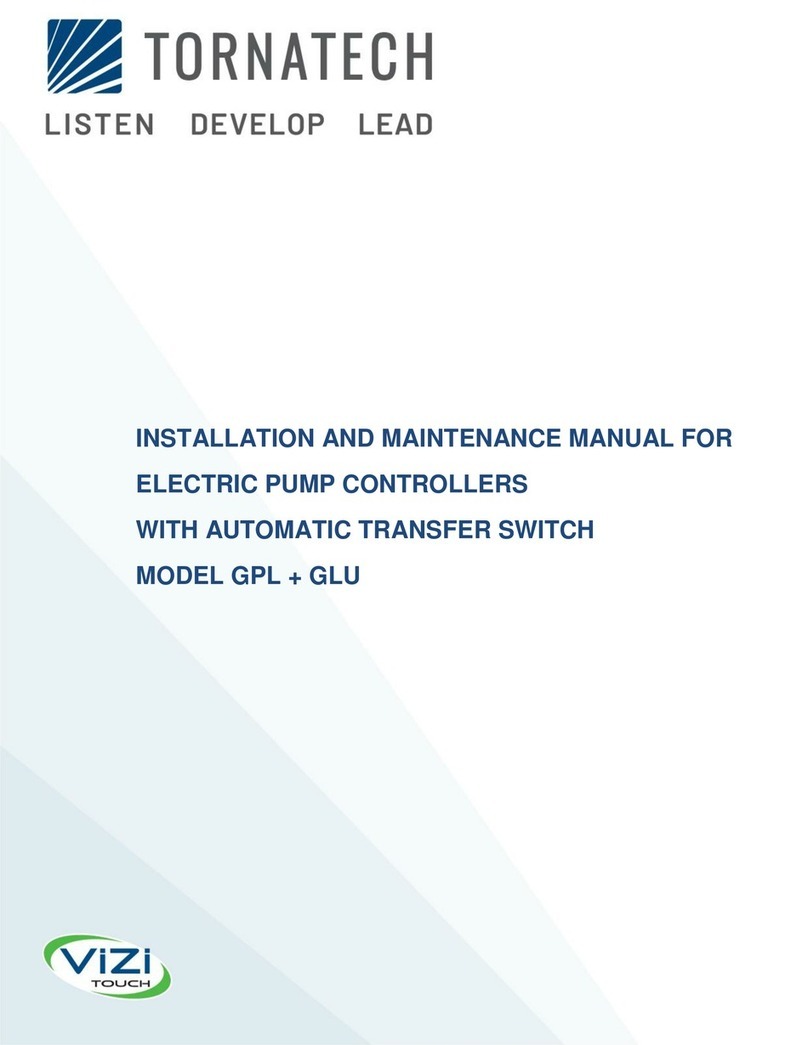
Tornatech
Tornatech GPL Installation and maintenance manual
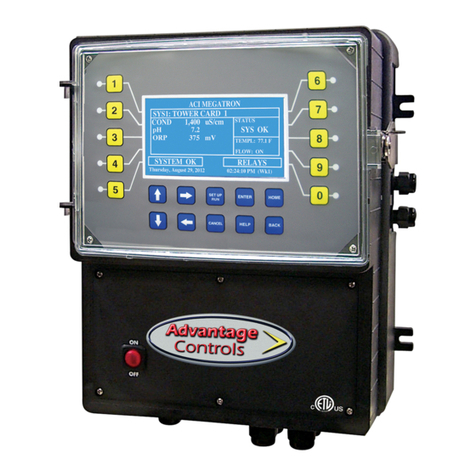
Advantage Controls
Advantage Controls MegaTron Installation, maintenance and repair manual
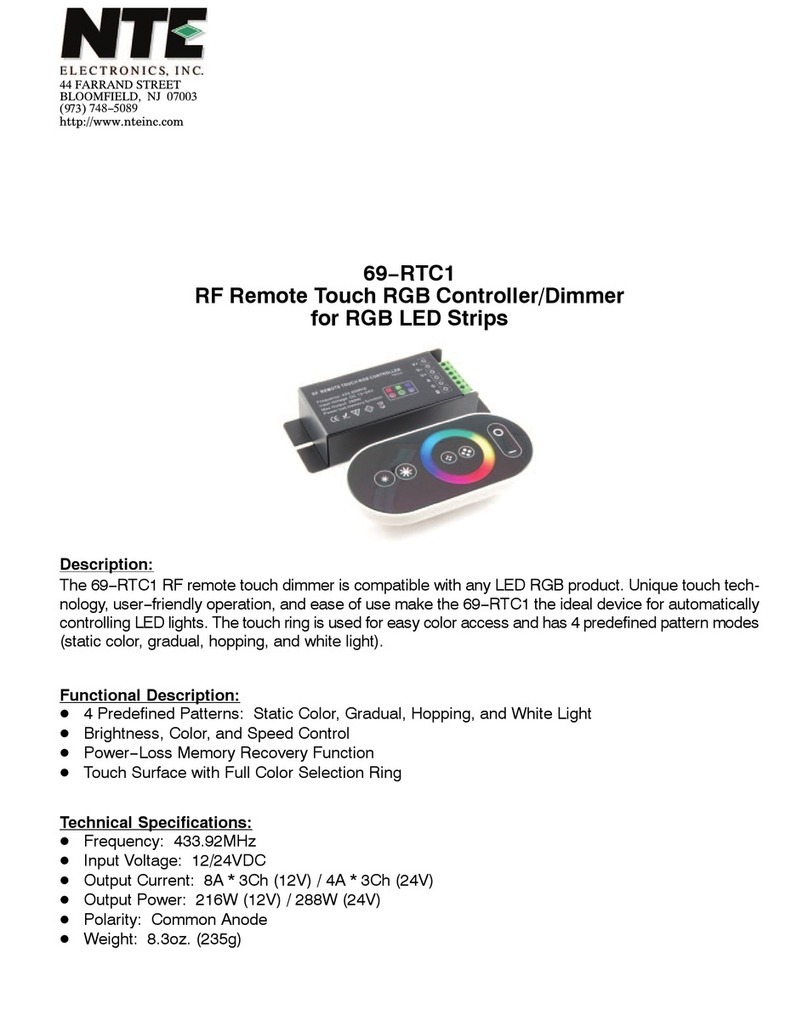
NTE
NTE 69-RTC1 quick start guide
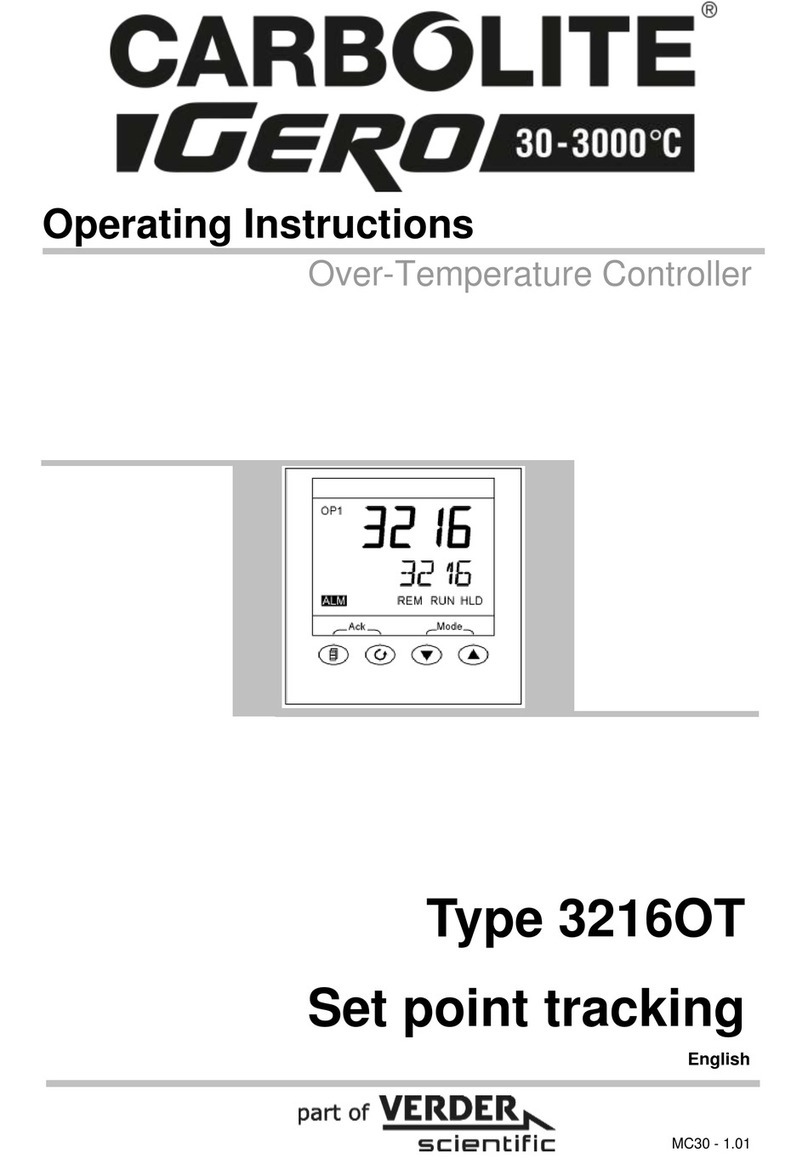
Carbolite Gero
Carbolite Gero 3216OT operating instructions
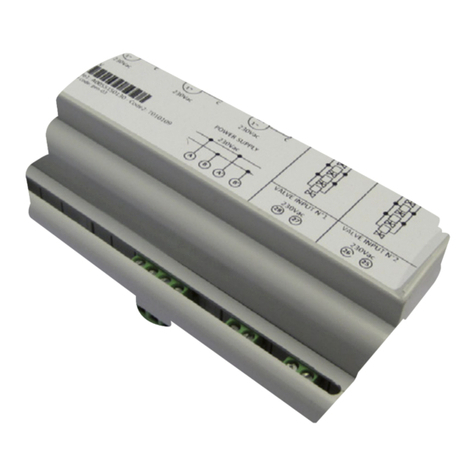
Lennox EMEA
Lennox EMEA SDI-V Installation, operation & maintenance manual
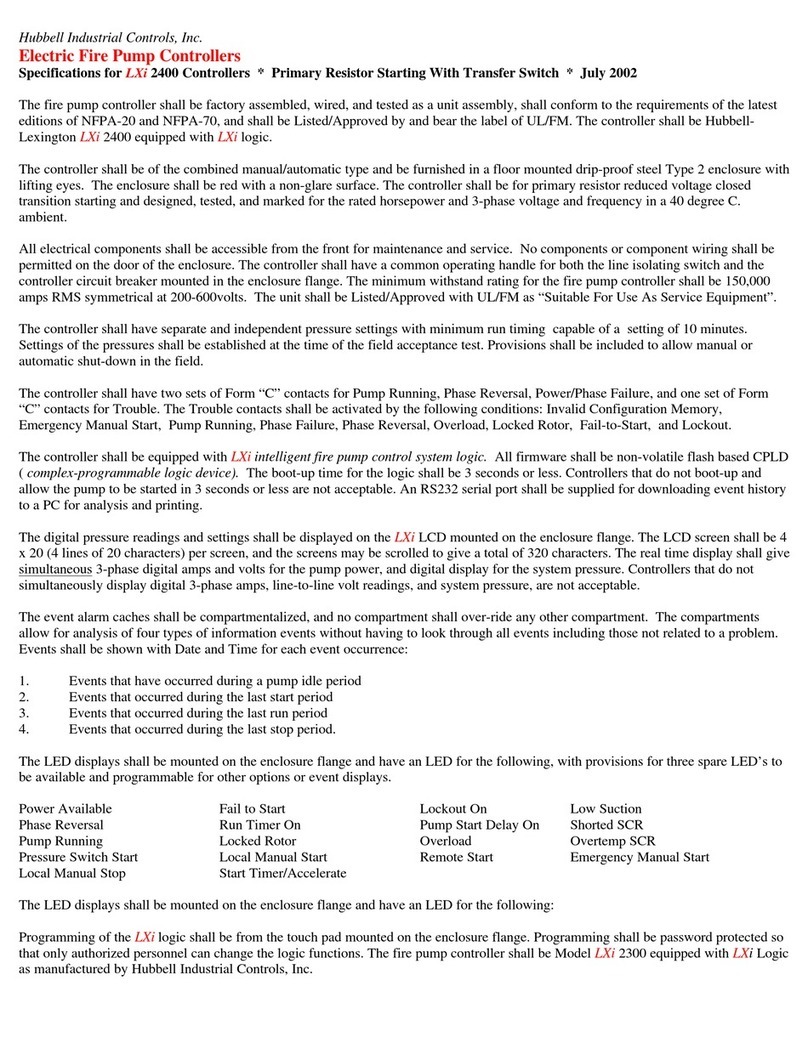
Hubbell
Hubbell Electric Fire Pump Controllers LXi-2400 Specifications
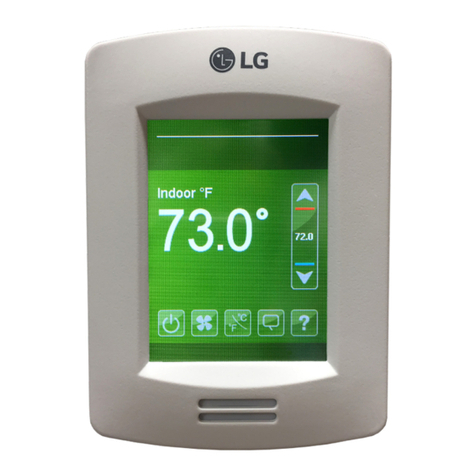
LG
LG MultiSITE MS8000 Series installation manual
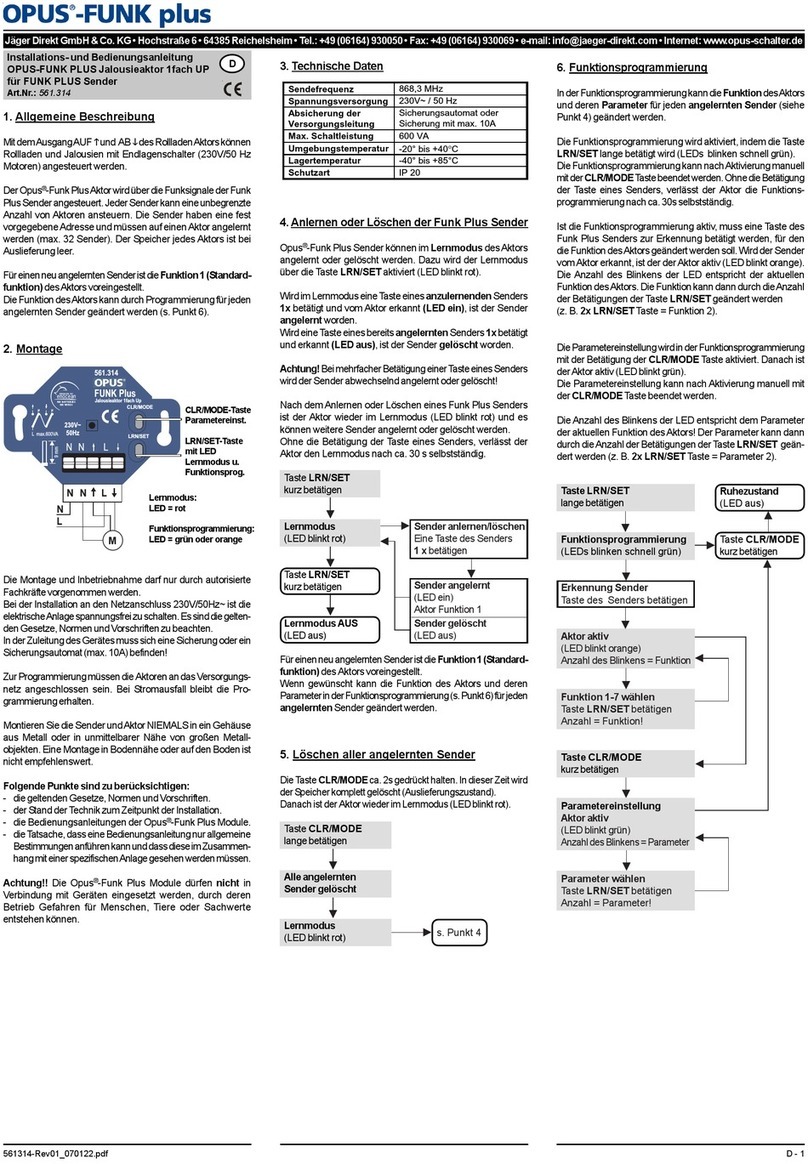
Jäger Direkt
Jäger Direkt OPUS-FUNK plus Installation and operating instructions
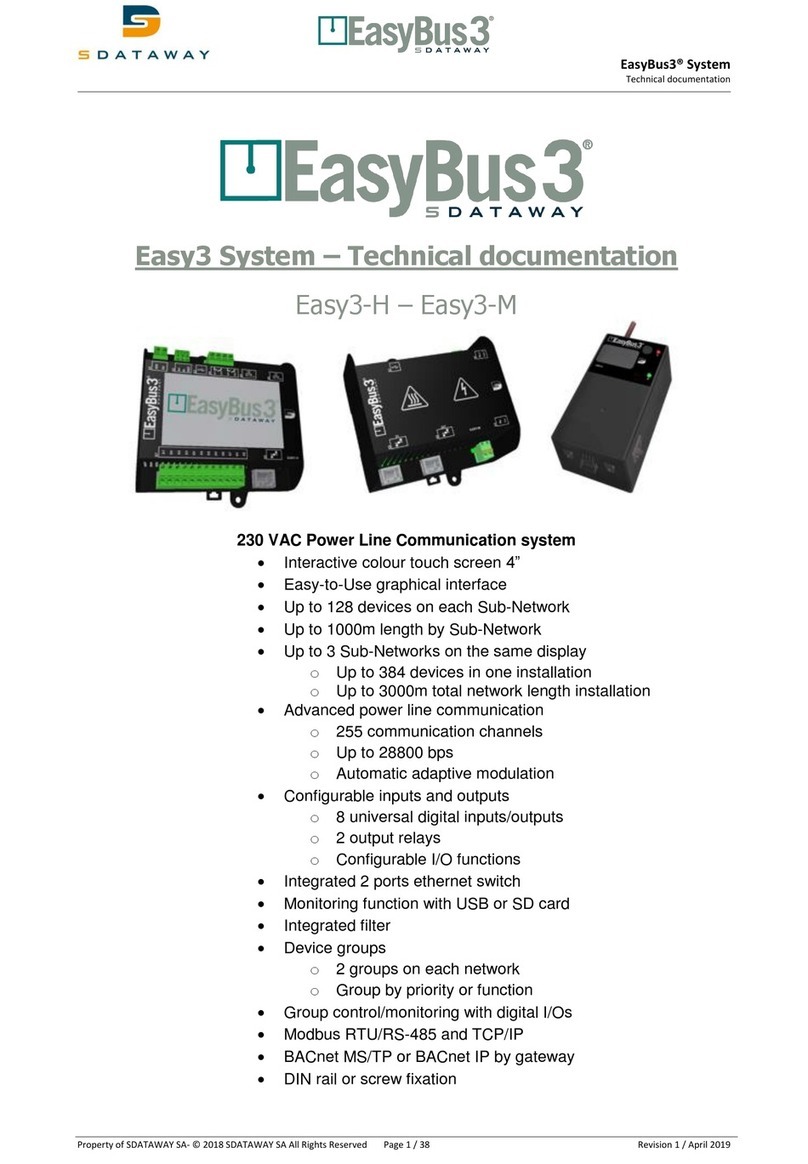
Sdataway
Sdataway EasyBus3 Series Technical documentation
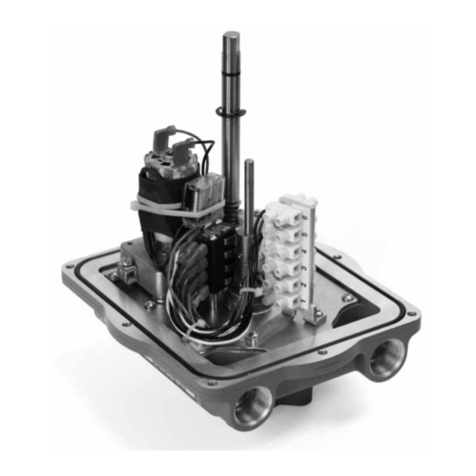
Metso
Metso VALVCON QX Series Installation maintenance and operating instructions
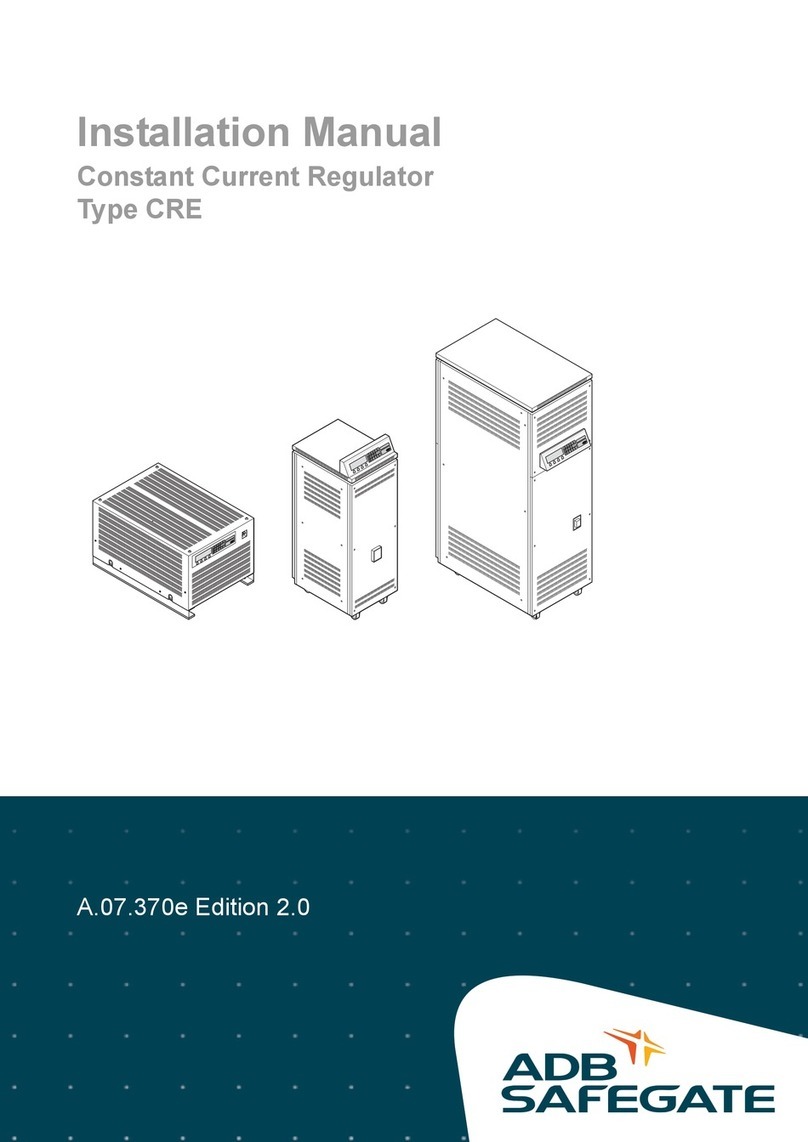
ADB Safegate
ADB Safegate CRE 2.5 installation manual
